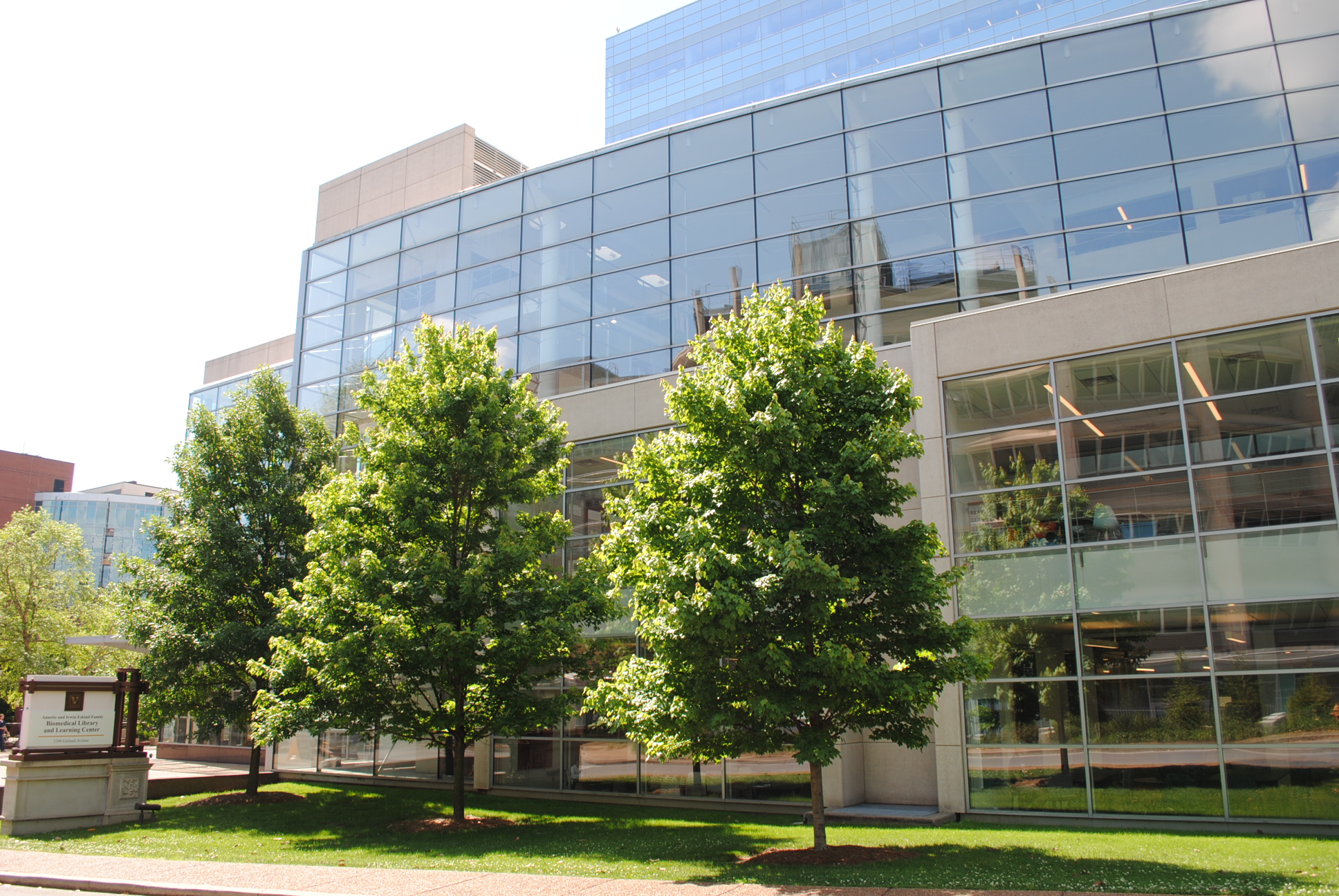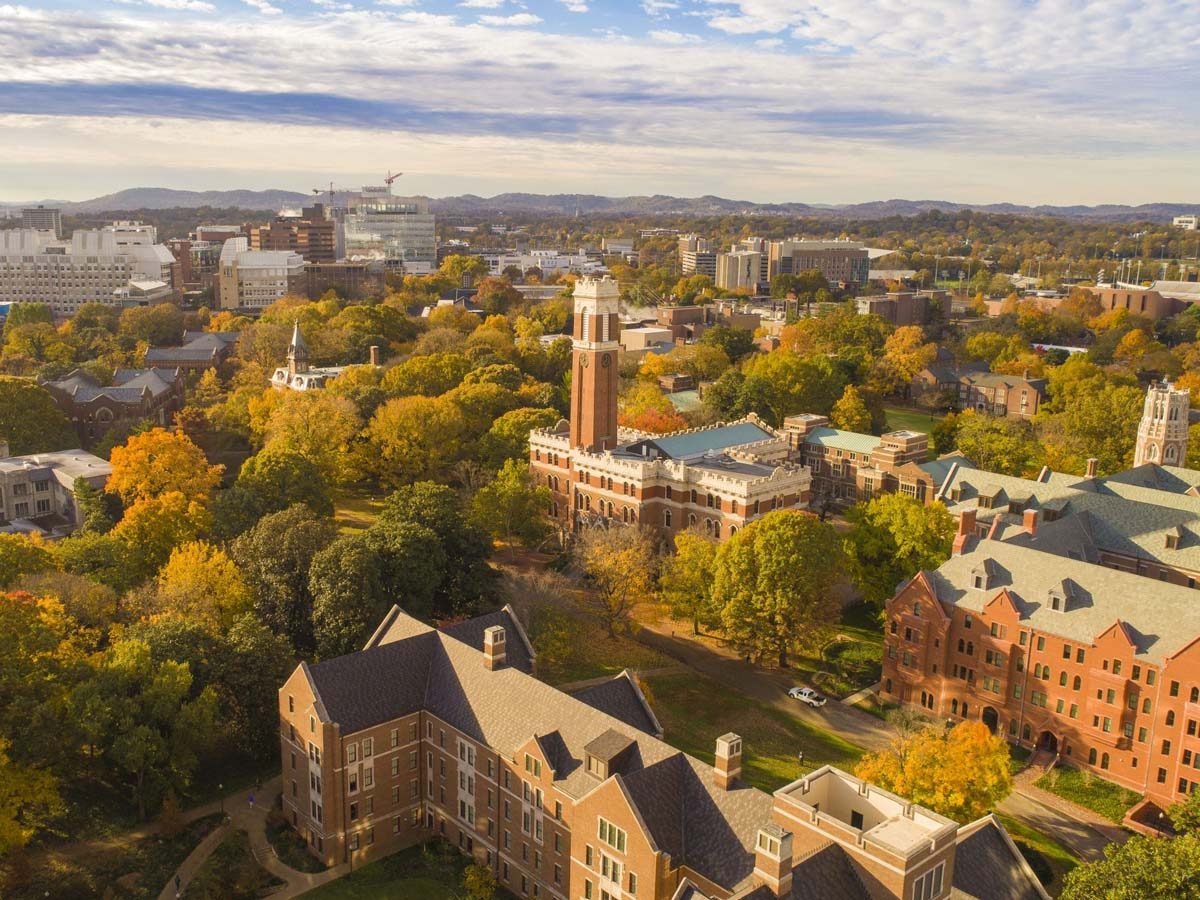After completing your two years of coursework, you’re ready to dive into two years of diagnostic imaging residency at Vanderbilt’s medical center. DMP students will also be provided a stipend during their 3rd and 4th year in the program.
Your third year marks the transition from didactic learning to supervised clinical responsibility. The skills you practiced in your clinical practicum during Years 1 and 2 will come into play on an everyday basis as you:
Rotate to new clinical settings each month
These rotations introduce you to the wide range of diagnostic imaging work. You’ll typically spend a few hours each day on rotation, with outside time set aside for completing clinic-related tasks and meeting with faculty advisers.
Your rotations will include months in:
Learn from the guidance of expert clinicians at VUMC
- Year 3: Collaborate closely with the technologists in your clinical rotations, including x-ray technologists, nuclear medicine technologists, and sonographers.
- Year 4: Partner with the radiologists in your clinical rotations to see how images are used to diagnose disease and inform patient care.
Explore specialty medical physics care at our satellite locations throughout Nashville and the Middle Tennessee area. As you rotate through these satellite locations, you’ll get a taste for different clinical dynamics and team strategies.
Continue theoretical exploration by taking an optional elective class each year. Join departmental meetings to learn how medical physics faculty manage a balance of clinical, research, and teaching work. You’ll work closely with both technologists and radiologists in your future clinical practice, so Years 3 and 4 are the perfect time to build your strengths as an interprofessional team member and clinician.

